Sunlight and Soil Type Effect Growth Characteristics of Sunflowers! In my back yard my wife Kristi and I converted an old chicken coop to a garden. On the south perimeter of the fence we built a planter box. On the east permitter we left the area naturalized. Every spring I plant one of our wildflower mixes in both areas. I like to see them in action before we offer them to the public, and it gives me an opportunity to take pictures we can use on the website.
I built the south planter box using soil from the east perimeter and amended it with compost. It receives full sun. The soil on the east perimeter originally came from an old garden site and the chicken coop, so both locations have good soil but they are compositionally slightly different. I had a soil test performed on both sites and they were pretty close to each other. The east permitter is shaded by a greenhouse and short pony wall. Winter snow lingers on the east side an additional two weeks and the occasional spring snow flurry melts much slower. It takes longer for the ground to thaw. The short pony wall and greenhouse cast an all-day shadow on this strip until late May.
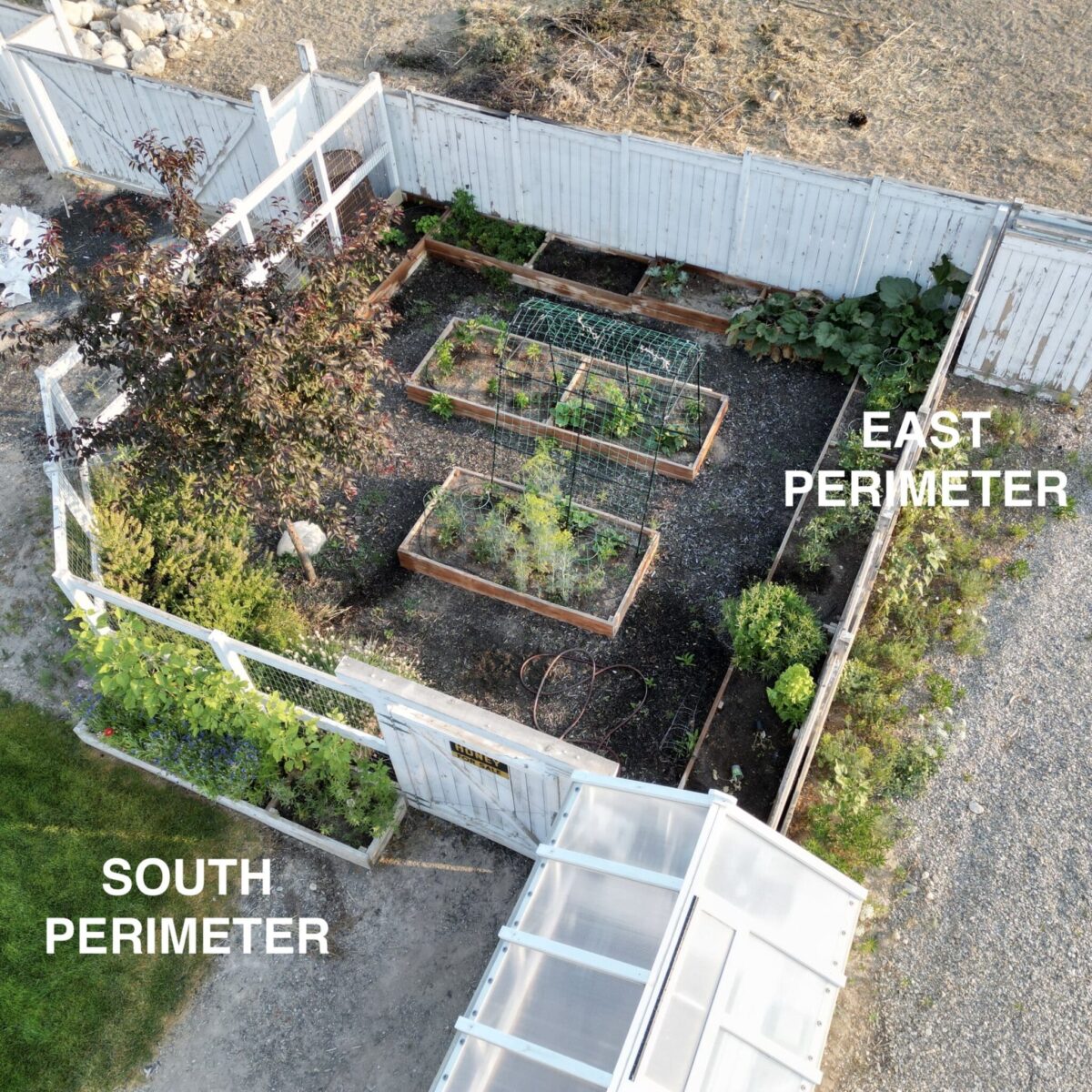
Aerial view of the garden with south facing and east facing perimeters
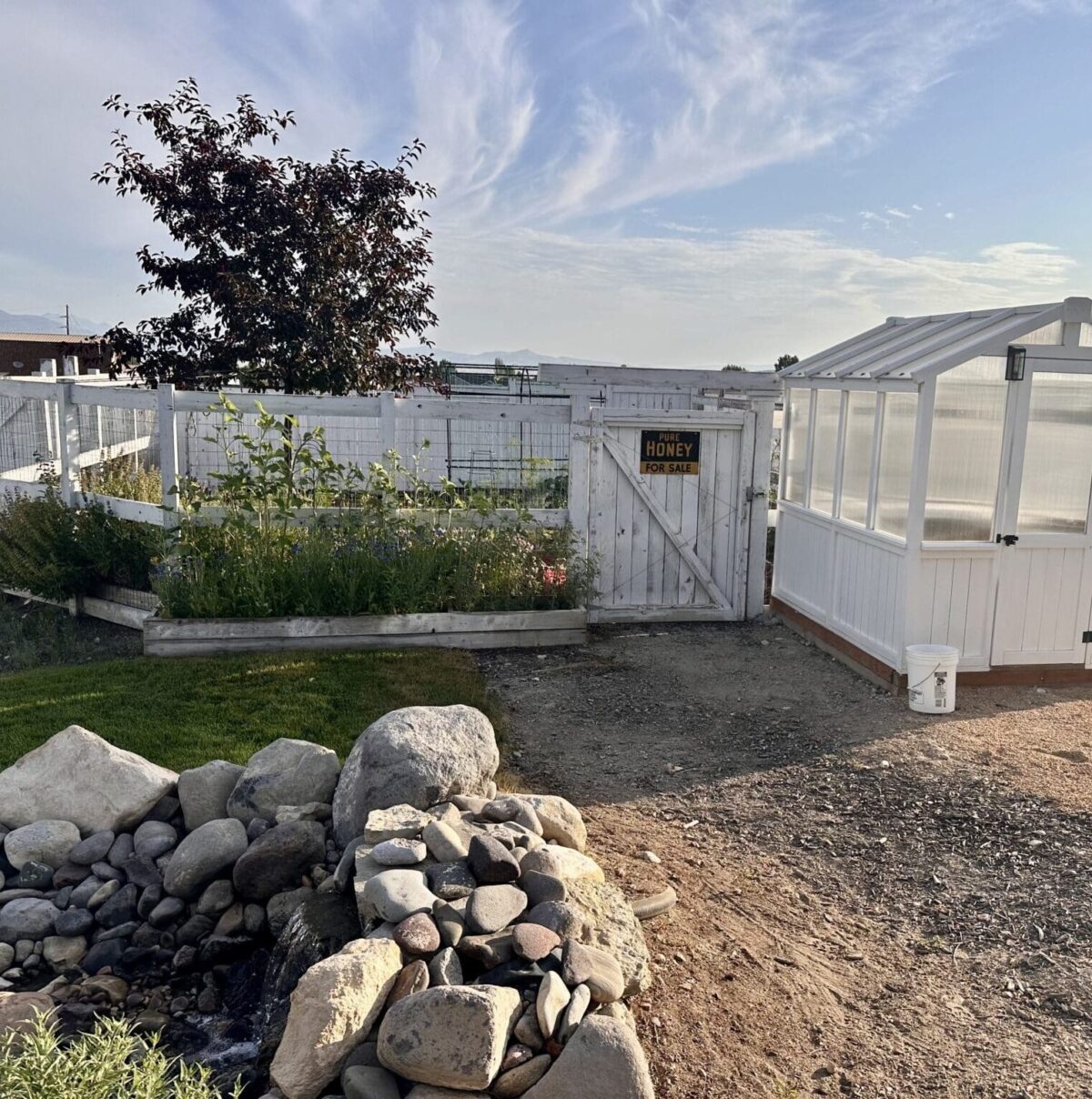
View of south facing perimeter
I witnessed some interesting results this spring when my wildflowers started to emerge. I planted our Sunflower Mix in both locations on the same day with the same seed from the same bag. On the south perimeter the sunflowers emerged in a few of days. It seemed like EVERY seed germinated, and by week three I had to start thinning the plants! It was pretty exciting, as this sunflower mix was a new product for us and this was my trial run. On the east perimeter, the seeds germinated two weeks later and plant density was less than half the south perimeter. The plants really struggled on cold nights and just didn’t flourish in the shaded, cooler soil. Most of the plants emerged but then stalled and died back. By late May when the area was finally in the sun only five sunflower plants had survived.
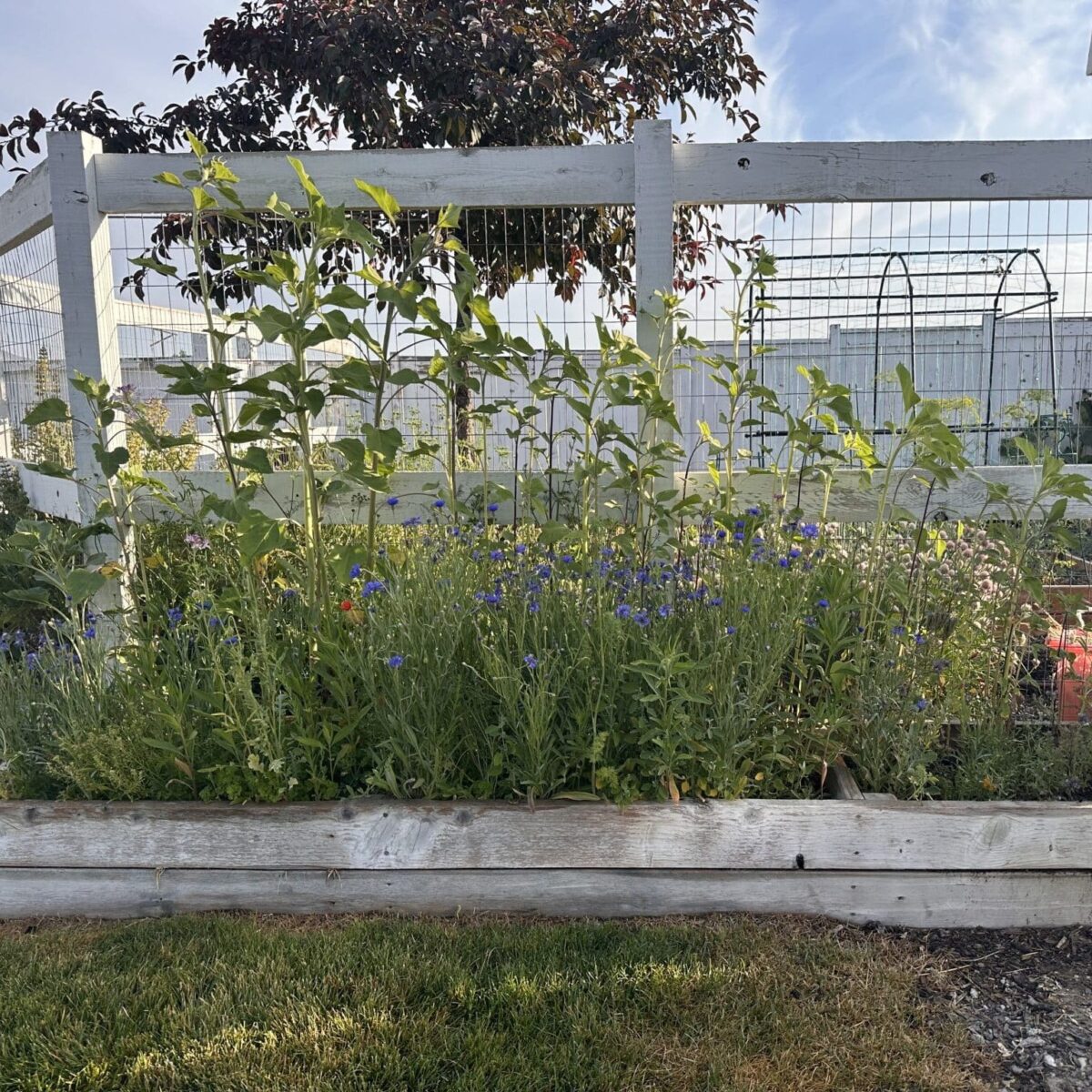
South perimeter that receives full sun
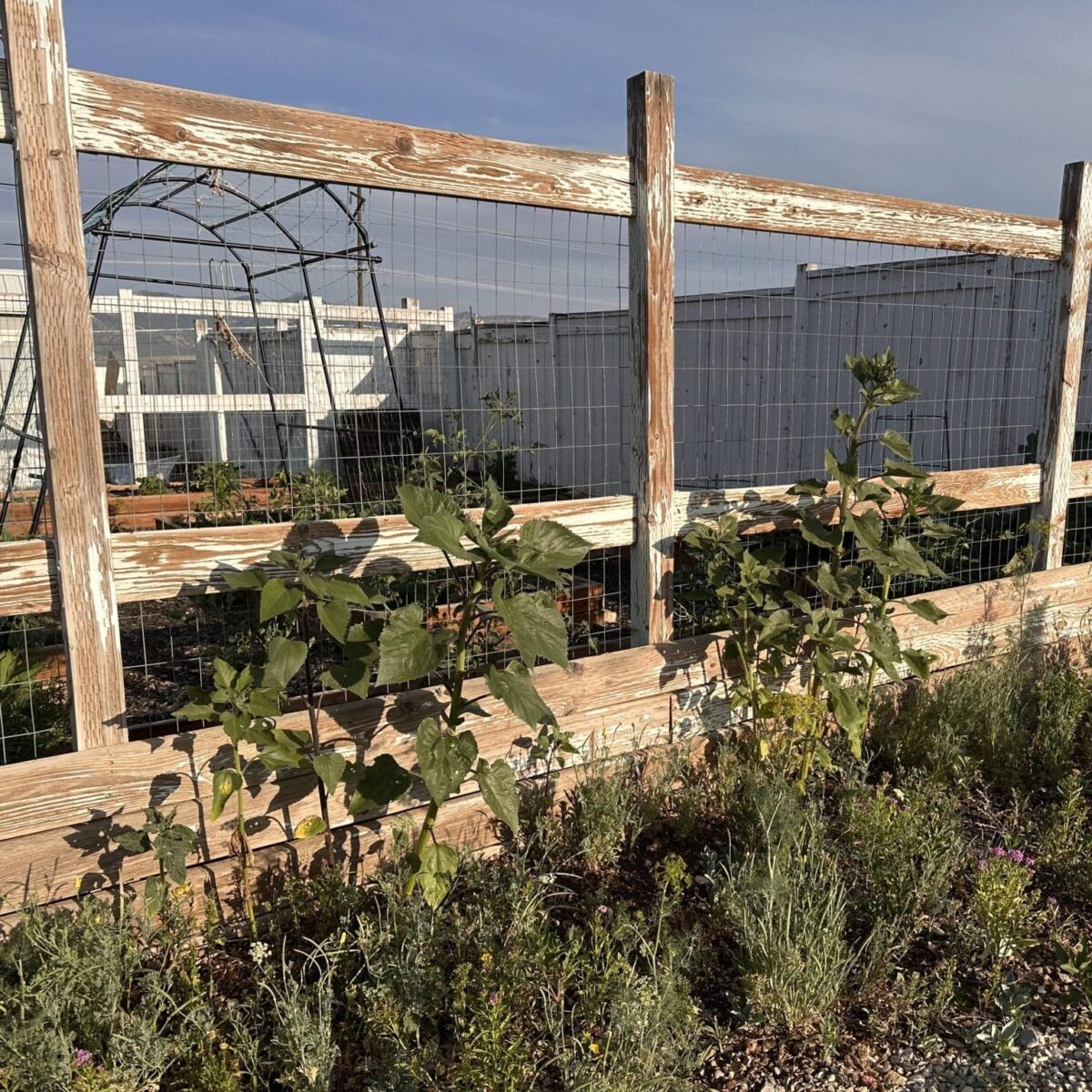
East perimeter, cooler soils in the spring, partial sun until June 1
As of this blog post (June 27, 2025) the sunflowers in the south perimeter are 64″ tall and heads are beginning to emerge. I have thinned them three times. On the east shaded area the five struggling sunflowers are barely over three feet tall. Note that even in mid summer the east perimeter is shaded from afternoon sun by the short pony wall.
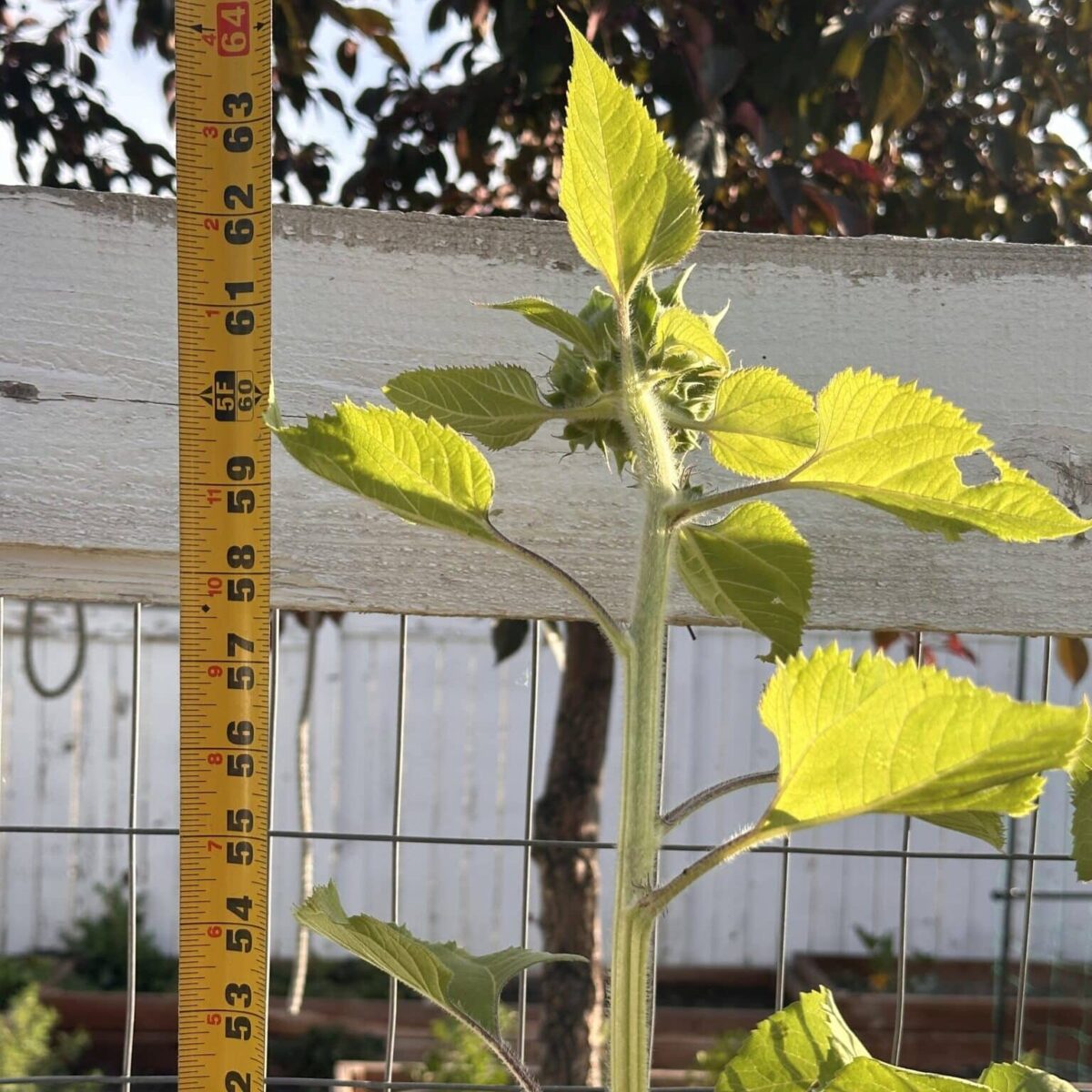
Sunflowers on the South perimeter are 64″ tall
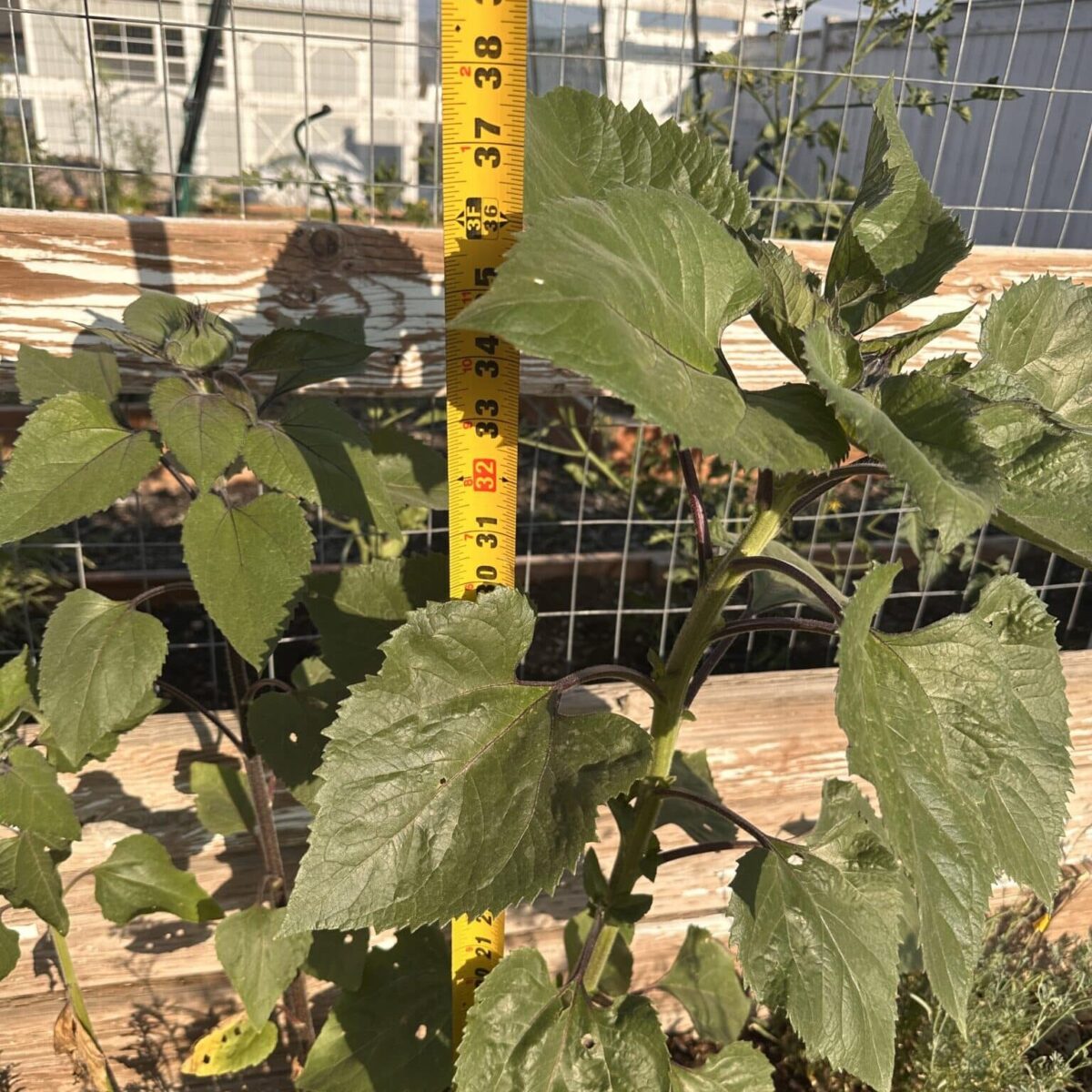
Sunflowers on the East perimeter are much shorter at 38″
This is a textbook example of how minor, sometimes imperceptible differences in environmental conditions can affect plant performance. The primary differences between these two locations are that one receives more sunlight and the average soil temperature in the spring is different. The seed is exactly the same, planted on the same day from the same bag and I water both locations equally.
We occasionally get calls from customers inquiring about variations they see in the performance of their plantings. Those variations are almost universally a function of some difference in local conditions. Understanding these small details can help manage our expectations and appreciation the fascinating adaptations that Mother Nature has built into her survival and success.